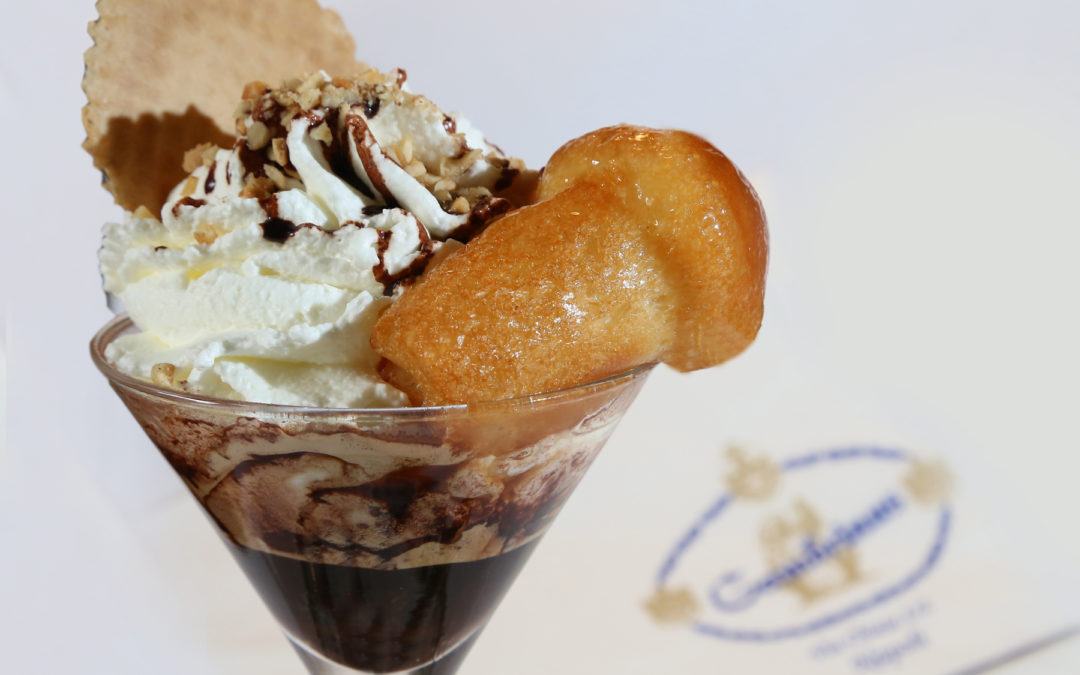The 5 rules for a coffee to be gourmet
Article written by Michele Sergio and published in IL ROMA of 27 January 2019
In Naples, home of coffee, tradition and innovation travel parallel. Over the years, the offer of coffee from the Neapolitan bars has been gradually enriched, with many variations of the traditional espresso. Next to the classic tazzulella ‘e cafè you can enjoy in bars (but also at home) the now very famous and highly appreciated “gourmet coffee” (from the French: gourmet). Also known as “special coffees” are refined drinks, processed and spread mostly in our city, which have as basis the coffee to which other ingredients are added: the Nocciola coffee (which has become a real must), the Brazilian coffee (which inspired the Espressino and the Moroccan), the Gegè coffee, the Barbajata coffee (dear to Gioacchino Rossini), the Kinder coffee, the Nutellotto, the Caffè Babà, the Caffè Pistacchio, just to mention the best known.
For a decade now, the awareness has also been gained that Naples, the inexhaustible hotbed of ideas and culinary recipes, was giving birth to a new generation of coffee, further confirming the status of world coffee capital. Here is the natural need to catalog the new coffee, fix the recipes. We can point out five basic rules to determine if a coffee can be qualified as a gourmet.
1) -Made in Naples – the first to create and propose the “gourmet coffee” were the Neapolitan, while in other Italian cities there was still limited to the classic cup. Unlike other Italian cities and regions where isolated and unique cases of definable gourmet coffee can be enjoyed (the Bicerin of Turin or the Apennine Almond Coffee), many recipes have been created in Naples, and a real consolidation has been established. and its own tradition of specials, proposed in many variables.
2) –History – Each of these cafes has its own history and a reason, a fact, that caused its birth. La Barbajata, for example, was Gioacchino Rossini’s favorite drink when he was in Naples as musical director of the Real Teatro San Carlo; Brasilian coffee, on the other hand, became widespread because it was cheaper than cappuccino at a time when not everyone could afford to buy it often.
3) – Main ingredient (Neapolitan espresso) – The main element is Neapolitan espresso (blends, preparation techniques and traditional Neapolitan instruments): a gourmet can not ignore it. You can also use, alternatively, cold coffee, shake or coffee cream, products that, however, are obtained from the Neapolitan espresso.
4) –Diffusion and consumer feedback – To be considered gourmet, a coffee must be known, requested and appreciated in the market. Many propose disparate recipes and variables of traditional coffee, calling them (improperly) “gourmet”, without them having the history, the diffusion and the appreciation of consumers, these conditions, on the contrary, necessary because a “different” coffee may deserve the appellation
5) –Speciale yes but always coffee (and not dessert or dessert) – A gourmet does not have to be a traditional coffee with small variations (so the spotted, the double, the ginseng, the cappuccino are not included in the specials), but not it must not even be such a process as to make it something different, not a beverage but, for example, a dessert / dessert (tiramisu, gelato or coffee cream puffs) are coffee-based but they are not coffee!). The ingredients of a gourmet recipe must be balanced with each other, should not create a contrast of flavors and do not prevail over each other. The most used ones – cream, chocolate, hazelnut, pistachio, almond – are, however, typical of the Mediterranean area.




Comments are closed.